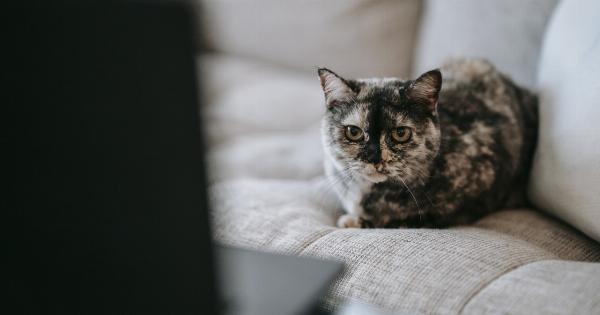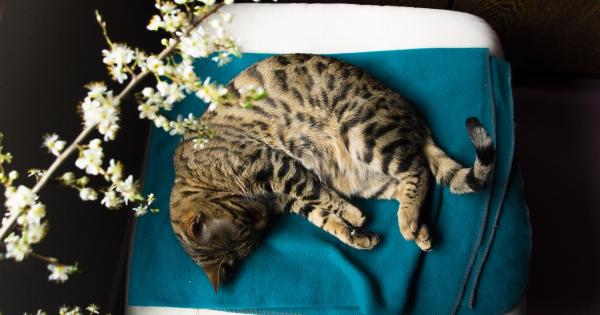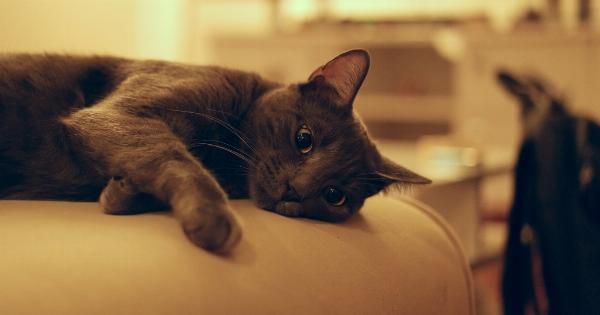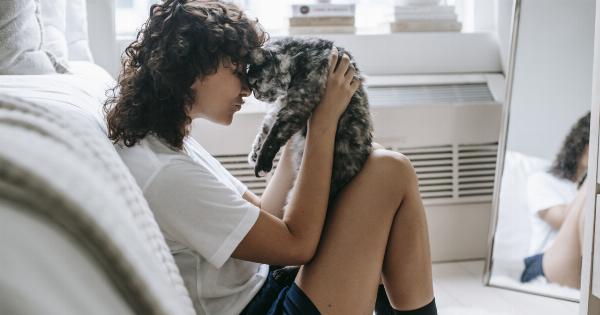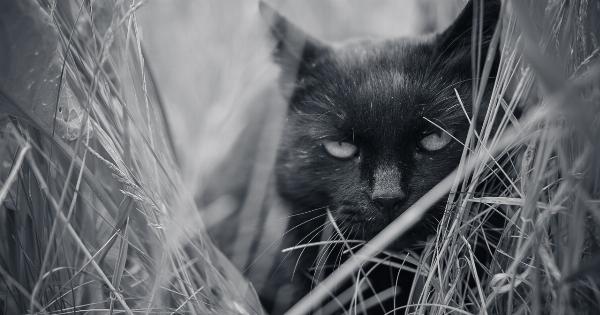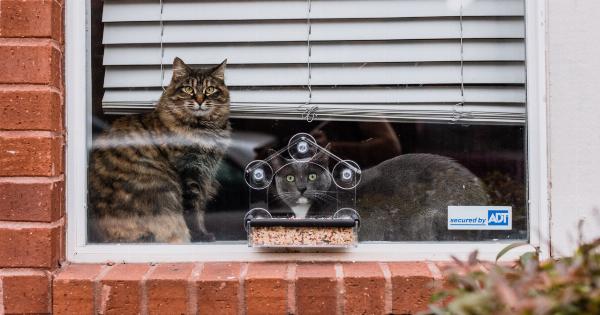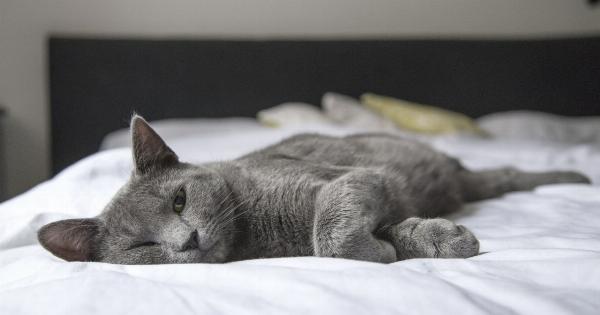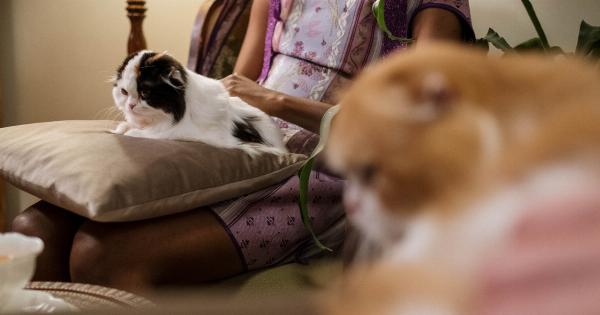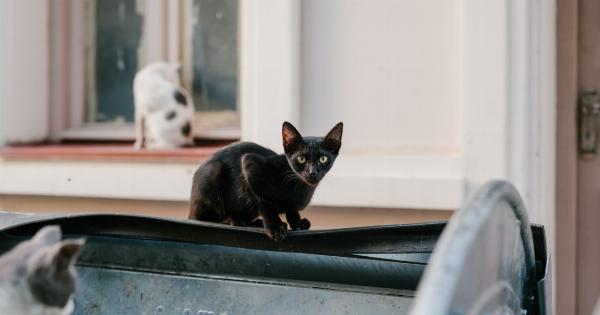As cat owners, we know that felines can sometimes display unpredictable behavior, especially when they “turn on” and enter a more active or agitated state.
Understanding your cat’s signals during these moments is crucial for maintaining a healthy and happy relationship with your furry friend. In this article, we will explore various behaviors that cats exhibit when they turn on and provide insights on how to interpret and respond to them.
1. Tail Position
The position of your cat’s tail can provide valuable information about their current emotional state. When a cat is relaxed, their tail will typically hang low or be gently curved.
However, when they turn on, their tail may become more rigid and erect, pointing upwards. This indicates heightened excitement or arousal. On the other hand, if their tail is puffed up like a bottle brush, it suggests fear or aggression.
2. Dilated Pupils
If you notice your cat’s pupils expanding and becoming larger than usual, it is a sign that they are highly stimulated. Dilated pupils are often associated with excitement, fear, or aggression.
However, it’s important to consider other contextual cues to accurately interpret your cat’s emotions.
3. Ears Forward
When a cat is relaxed or content, their ears are usually in a neutral position. However, when they turn on, you may observe their ears pointed forward, indicating heightened alertness.
This stance suggests that your cat is focused on their surroundings and potentially ready to pounce or engage in play.
4. Vocalizations
Cats communicate through various vocalizations, and their sounds can reveal important insights into their behavior. When a cat turns on, they may emit high-pitched or intense meows, growls, or hisses.
These noises indicate heightened excitement, aggression, or even pain. Pay attention to the tone and intensity of their vocalizations to better understand their emotional state.
5. Whisker Position
Whiskers are sensitive touch receptors for cats, allowing them to navigate their environment with precision. When a cat turns on, their whiskers may move forward and become more pronounced.
This behavior indicates that your cat is alert and focused, potentially ready to engage in play or display predatory behavior.
6. Body Posture
A cat’s body posture can provide valuable clues about their emotions. When a cat turns on, they may assume a crouching position with their hind legs gathered beneath them. This posture suggests that they are preparing to pounce or engage in play.
However, if their body is tense, arched, or fluffed up, it may indicate aggression or fear.
7. Rapid Tail Movement
During moments of heightened excitement or agitation, a cat’s tail may twitch or flick rapidly. This movement is an indicator that your cat is becoming increasingly aroused or stimulated.
However, it’s important to consider other contextual cues alongside tail movement to accurately assess your cat’s behavior and emotions.
8. Scratching and Biting
When a cat turns on, they may display more aggressive behavior, such as scratching or biting. This behavior can be a result of overstimulation, fear, or an attempt to establish dominance.
It’s crucial to redirect their focus onto appropriate toys or engage in interactive play to help release their pent-up energy.
9. Increased Energy
A sudden surge in energy is a key sign that your cat has turned on. You may observe them zooming around the room, chasing toys, or engaging in intense play sessions.
Providing outlets for physical activity and mental stimulation, such as interactive toys or puzzle feeders, can help channel their energy in a positive direction.
10. Paw Play
If your cat playfully extends their claws and paws at you or toys during their “turn on” moments, it’s likely an indicator of heightened excitement or a desire to engage in play.
However, it’s crucial to ensure safe play practices and redirect their attention onto appropriate toys to prevent any accidental scratches or injuries.
By understanding and interpreting your cat’s behavior when they turn on, you can effectively respond to their needs and maintain a harmonious relationship.
Remember to provide appropriate outlets for physical and mental stimulation, prioritize positive reinforcement, and seek professional advice if your cat’s behavior becomes consistently aggressive or unpredictable.







